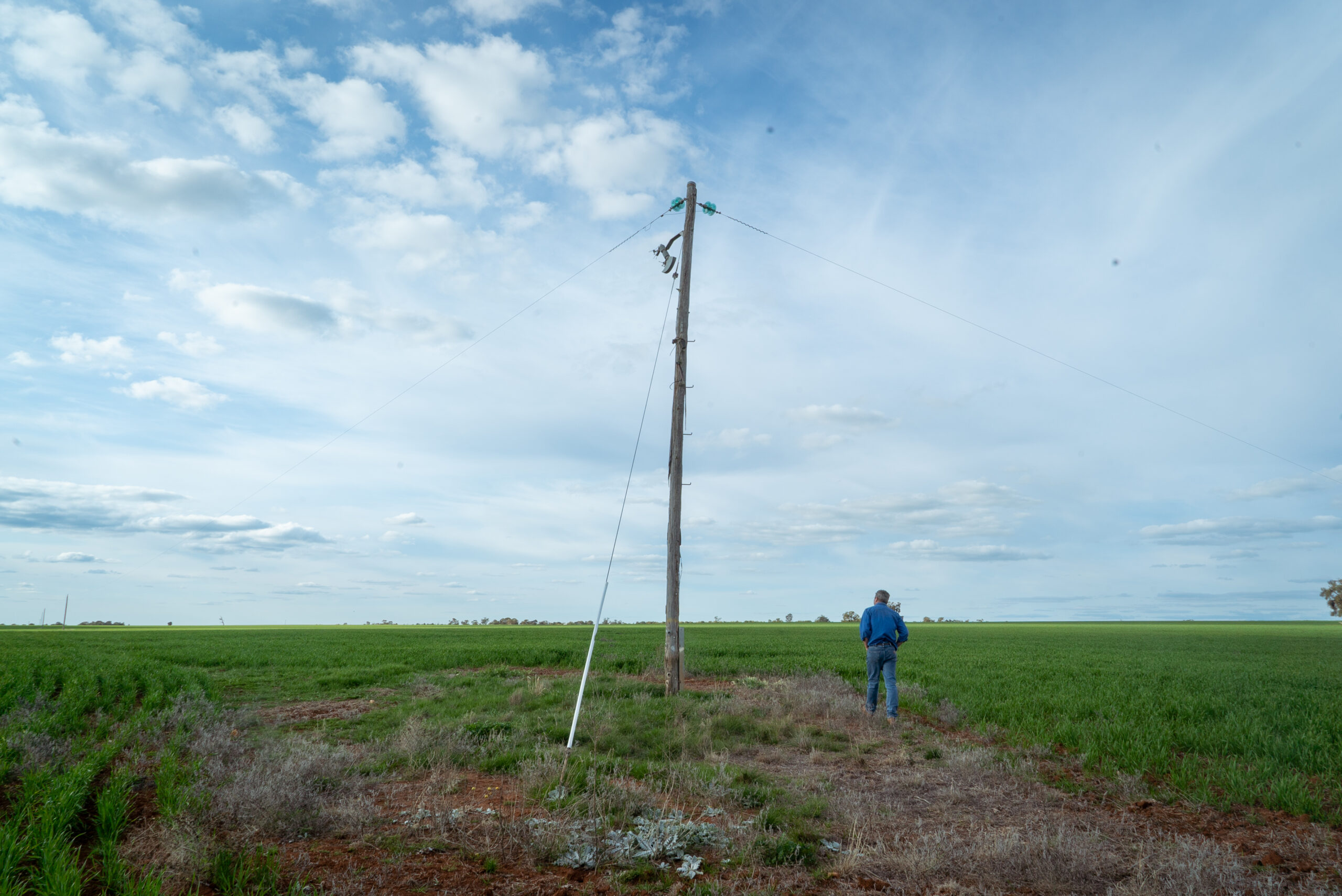17 October 2024
Farmers for Climate Action (FCA) appreciates the opportunity to provide a submission on the Draft National Energy Equity Framework.
Key points
-
- The development of a National Energy Equity Framework goes a long way toward establishing a strong foundation for future energy equity.
- To further strengthen the framework, we urge a closer consideration of rural and regional needs, including those of farmers.
- Too often the needs of rural and regional Australians, including farmers, are overlooked in energy equity discussions and the framework presents an important way these can be centred.
- In regional areas, households are often excluded from participating due to prohibitively expensive infrastructure upgrades required to their electricity connections in order to connect renewables.
- Farmers also face legal and regulatory barriers which prevent them from fully participating in new energy markets and maximising the value of their investment in renewables.
About Farmers for Climate Action
Representing over 8,300 farmers and backed by 45,000 supporters nationwide, Farmers for Climate Action seeks deep emissions reductions this decade to protect our farmers and our food supply. FCA is made up of farmers, agricultural leaders and rural Australians advocating for strong economy-wide climate policies.
The need for a Framework
In our 2024-25 Pre-Budget Submission, FCA called for the Federal Government to fund the development of a National Energy Equity Strategy, which would ensure that current generational upgrade to Australia’s energy systems improve equity and deliver benefits to all Australians. We endorse the Federal Government’s work in developing this draft framework, which we see as equivalent to the strategy we have called for, and which is critical to a just transition.
Energy equity for remote and regional households
We understand the framework was designed for the use of government and market body policy makers when “developing programs and policies for Australian energy consumers” and must remain high level. We note, however, that while the Framework and the research that informs it refers to the special issues faced by renters, it does not highlight the specific needs of remote and regional communities.
Metropolitan areas currently have an advantage over rural areas because they have the ability to supply excess generation from household solar systems directly to the grid. In regional areas, households are often excluded from participating due to prohibitively expensive infrastructure upgrades required to their electricity connections in order to connect renewables.
Energy equity for farmers and farm businesses
As members of rural and regional communities, farmers share the same energy challenges as their neighbours while also facing a range of legal and regulatory barriers which prevent them from fully participating in new energy markets and maximising the value of their investment in renewables.
Australian farmers want to support the energy shift. Our survey Insights on the Uptake of On-Farm Renewables, demonstrated that farmers are investing in renewable energy solutions, with 75% of farmers already generating renewable energy or hosting renewable infrastructure on-farm. Our Farm Powered report, however, outlines issues with electricity distribution networks that prevent farmers from benefiting from renewable energy.
Three common examples include:
- Export limits – the amount of renewable energy that farmers can supply to the grid is currently capped, which impacts potential revenue opportunities and the payback period of a solar system. Removing this cap could help incentivise more energy generation on farm.
- Title issues – farm businesses often operate across two or more property titles, and in some regions, legislation currently prevents farmers from transferring energy generated on one part of the property to other areas which are on a different property title. For example, if a farm has solar on a house roof on one title, that electricity cannot be used in a farm shed on another title, even if the properties are side by side. Removing this barrier would help improve the efficiency of these systems on farm.
- Single phase and Single Wire Earth Return (SWER) power networks – single phase and SWER lines cannot accept high levels of solar energy into the grid from farmers’ properties, limiting their capacity to become energy producers. These lines require a complete rebuild to allow for this.
Key to resolving these issues and improving energy equity for regional communities is updating the Australian Energy Regulator’s rules to move away from the current population density-based calculations for prioritising electricity network upgrades. Under the current rules rural and regional areas with low population density often miss out on essential upgrades.
Conclusion
We thank the Federal Government for its work in developing a National Energy Equity Framework, which goes a long way towards establishing a strong foundation for future energy equity. To further strengthen the framework, we urge a closer consideration of rural and regional needs, including farmers.
Too often the needs of rural and regional Australians, including farmers, are overlooked in energy equity discussions and the framework presents an important way these can be centred.
We are fully committed to working with the Federal Government on achieving more equitable outcomes for farmers and regional communities and supporting Australia’s shift to clean energy. Please do not hesitate to contact me on the number below should you wish to further discuss this submission.
Yours sincerely,
Natalie Collard
CEO
Farmers for Climate Action
Email: info@farmersforclimateaction.org.au
Phone: 1800 491 633
Web: farmersforclimateaction.org.au
Post: FCA C/- Melbourne Connect Co-Working, Lvl 2 700 Swanston Street, Carlton VIC 3053





